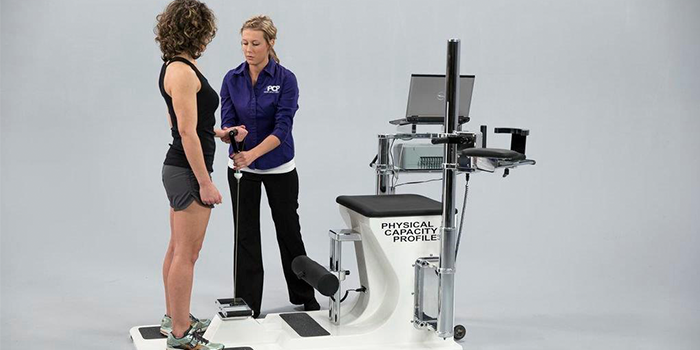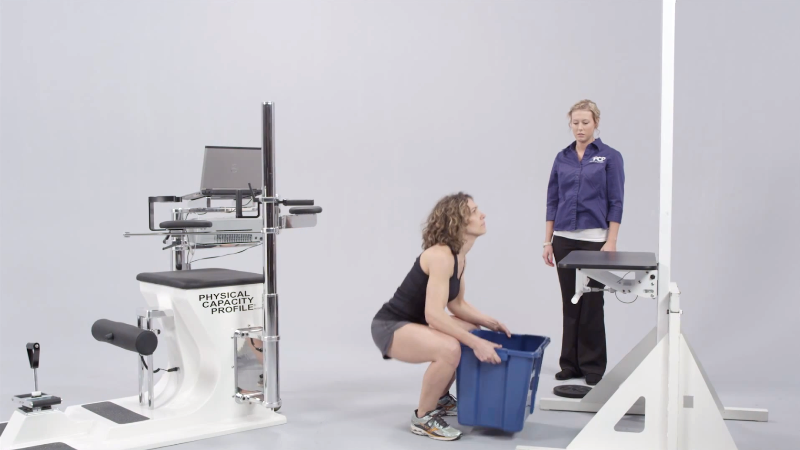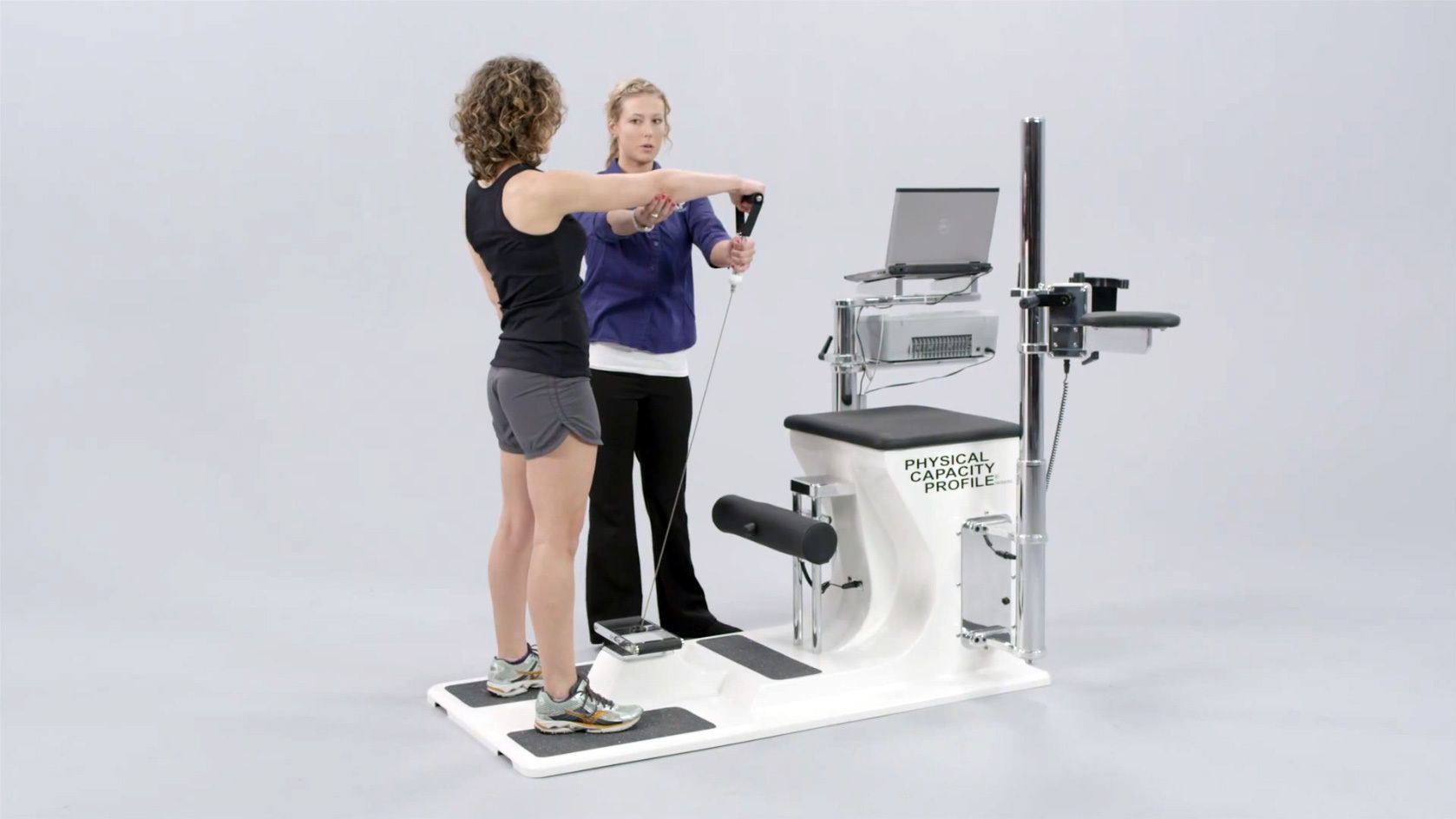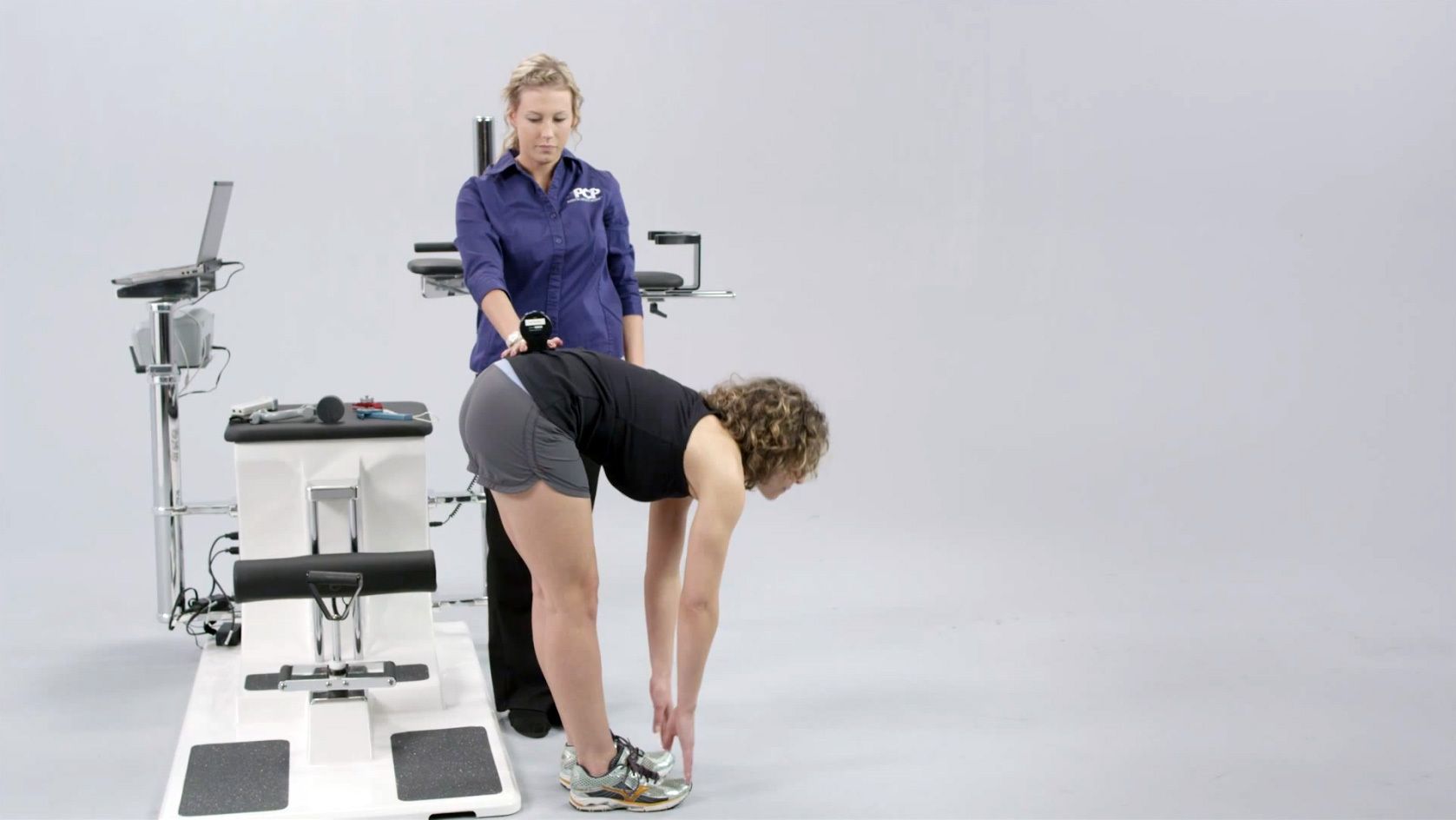Pre Employment Testing vs. Post Offer Testing
- By PCP Staff
- •
- 22 Jan, 2016
- •

Increased regulation, corporate risk control objectives, and employee satisfaction and retention are all factors driving employee acquisition protocols used by Human Resource (HR) departments. When it comes to employee satisfaction and retention, maintaining a safe and productive work environment is a common element of HR success that begins with determining a prospective employee’s fitness for a particular job or role. No level of de facto safeguard is likely to be as effective in protecting your employees’ well-being as pro-actively ensuring their physical capabilities are in line with the physical demands of the job. Moreover, with zealous litigators seemingly running amuck in the US labor markets, it is sound business practice to use the best available candidate assessment and selection methods.
There are several “flavors” of physical assessment available to employers when screening prospective employees. The differences between them affect not only the effectiveness of the screening process in protecting employers and employees, but also the usefulness of the data each assessment produces. Let’s examine two protocols for candidate physical testing: pre-employment testing and post-offer testing.
Pre-employment testing might also be called “traditional” physical screening. The assessment is done after a candidate applies for a job and may be used by the employer to narrow the field of candidates in consideration for a job offer. This is due, in part, to the nature of the testing. Pre-employment testing is a non-medical test with no medical questions or history and thus does not capture any data that might be used as an illegal hiring bias.
In contrast, post-offer testing occurs only after a candidate has been offered a job contingent on satisfactorily passing the assessment. This type of test can and usually does include elements considered medical in nature including a medical history work up. While this is a key difference between the testing types from an HR perspective, the relative value of these testing types comes from the quality and utility of the testing results.
Post-offer testing provides a far richer data set than traditional pre-employment testing, including a medical history and pre-existing condition catalog that is helpful in assessing appropriate workers compensation responsibility after an on-the-job injury. A post-offer Physical Capacity Profile® (PCP) test measures body fat and weight, range of motion, limb strength, lift strength and more. Unlike a go / no-go result yielded from pre-employment testing for a particular job, a complete PCP determines quantitative physical limits that are correlated with Department of Labor strength categories and is compliant with ADA, EEOC and HIPAA.
Because the assessment data is quantitative, it can be used as a baseline for comparison to any future post-injury assessment. Likewise, test data is benchmarked against AMA guidelines. These test attributes are compelling in workers compensation cases where a comparison of pre and post injury impairments is the determining factor in claim awards.
So how do these testing differences translate into realizable benefits to an employer considering what method to use? In some cases, post-offer testing might be more expensive because, as a medical test, it requires medical staff to perform. However, the cost savings an employer generally realizes from improved matching of candidates to job requirements far exceed any testing costs. Multiple studies[1],[2] have shown drastic reductions in job-related injuries when employees are matched to job requirements through PCP test results. Those reductions not only prevent workers compensation claims, they increase the number of healthy work days across an organization. Similarly, reductions in workers compensation claim payouts are realized when pre-injury impairments are catalogued before an injury occurs. This limits workers compensation to covering only impairments related to on-the-job injuries. In addition, accurate measurement of whether an impairment was job-related is a significant factor in preventing experience rate modification for insurance premiums. In one study2, average annual workers compensation expenses were shown to decline 36% once PCP post-offer testing was instituted as a candidate assessment method.
Beyond monetary considerations, employers can use post-offer PCP testing to create a safer, more effective workforce that is matched to the jobs at hand. For more information on how to utilize post-offer Physical Capacity Profile® testing in your organization, contact us at 785-825-4444.
[1]Harbin G, Olson J, Post-Offer, Pre-Placement Testing in Industry, American Journal of Industrial Medicine, 2005, 47(4):303
[2]Harbin G, et al., Shoulder injury reduction with post-offer testing, Work, 2011, 39(2):113-123
Send me information about testing, setup, cost and revenue opportunities.









